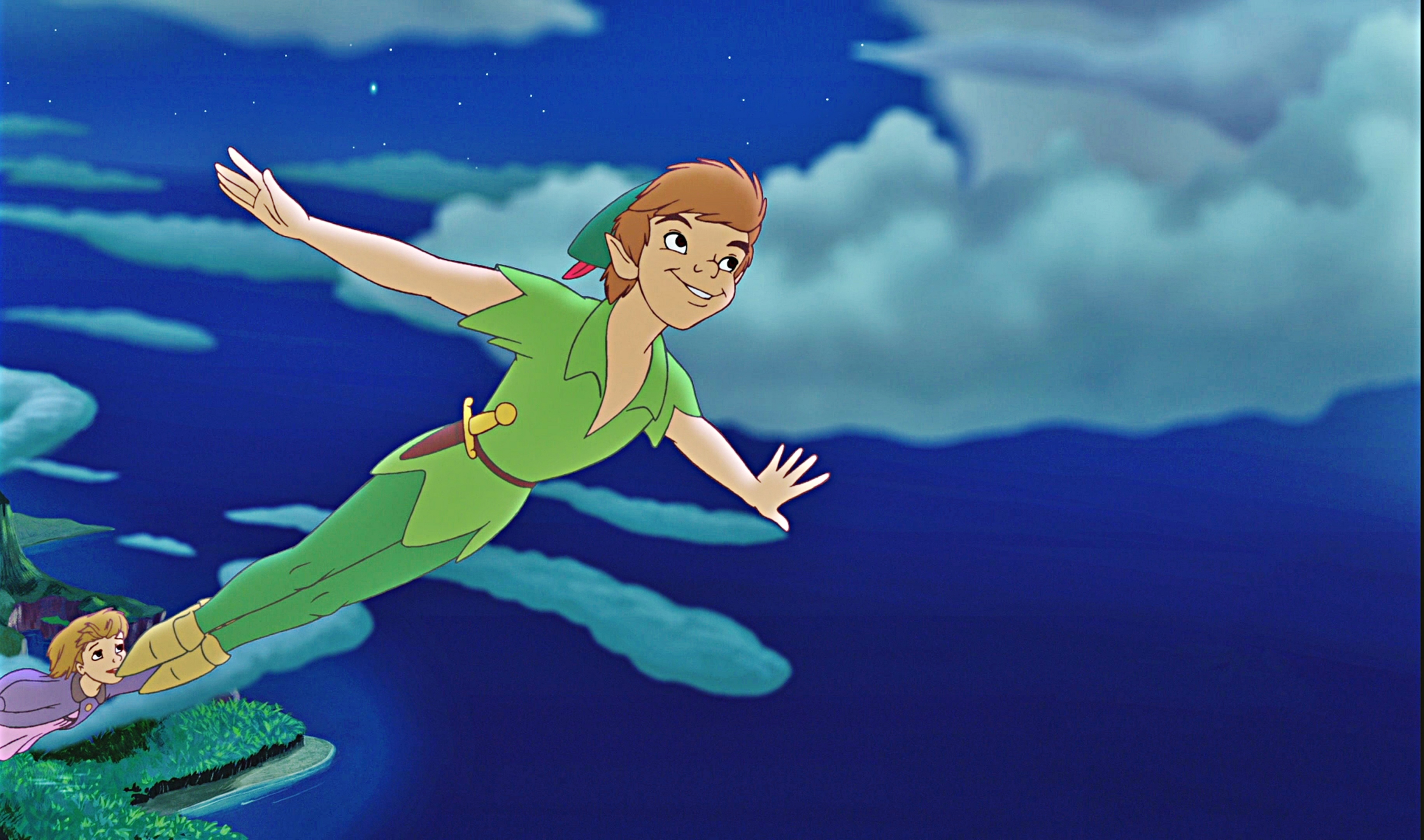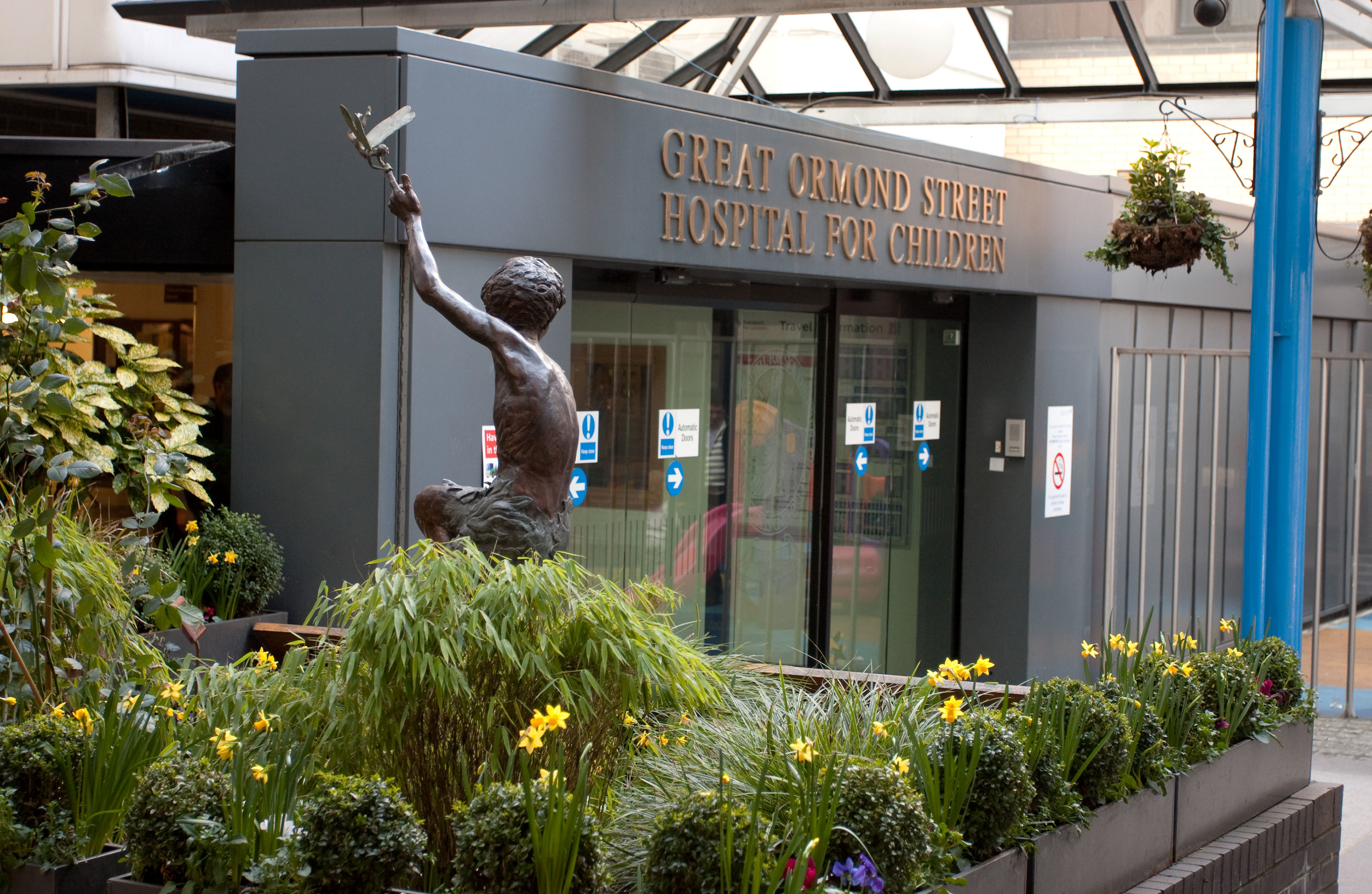
TEN years ago it was only days away from demolition.
But the house that inspired JM Barrie to write Peter Pan could sprinkle fairy dust on the Scottish tourist industry.
Moat Brae, a mansion in Dumfries, has undergone £8 million makeover to turn it into a national centre for children’s literature.
Barrie played there a child, and said the house and its grounds were behind the story of The Boy Who Never Grew Up.
The centre will open next year and has been championed by actress Joanna Lumley.
VisitScotland say it will help boost the tourist industry in Dumfries.
But it’s a vital part of Scotland’s story telling heritage.
THE INSPIRATION
Although he said he was inspired by Moat Brae, it may have been the death of JM Barrie’s older brother David in an ice-skating accident that led to the creation of Peter.
David had been knocked over by a friend, and fatally hit his head on the ice. Barrie’s mother Margaret was devastated, and Barrie later revealed David was her favourite child.
JM tried to cheer up his mother by impersonating his dead brother, wearing his clothes and whistling like he did. He once appeared in her bedroom dressed like his late sibling, and she believed he was David for a moment.
Barrie experts have speculated that David – a boy who never grew up – was the inspiration for Peter Pan.
THE HOME
He was born in Kirriemuir, and had spells living in Glasgow and Forfar, but it was at Moat Brae where James Matthew Barrie said his idea for Peter Pan was formed.
Between the age of 13 and 18, he and his friends played in the “enchanted” gardens surrounding the Greek revival-style home.
“For our escapades in a certain Dumfries garden, which is enchanted land to me, were certainly the genesis of that nefarious work,” said Barrie about how the home and its gardens influenced Peter Pan.
It was at this home he became involved in his school drama club, writing plays and acting.
THE LEGACY
The original play was a smash hit with audiences, and the character of Peter was singled out for praise.
His popularity may have been down to timing.
Victorian Britons were obsessed with the idea boys were becoming “soft”, and the all-action, sword-fighting Peter was seen as a positive example of a man in the making.
These days, though, Peter isn’t a hero to everyone.
Alison Kavey, co-author of Second Star to the Right: Peter Pan in the Popular Imagination, explained: “He is selfish, devoted to his own entertainment, and except in battle scenes, incapable of taking care of himself.”
THE SCANDAL
One of the plays Barrie penned as a teenager was called Bandelero the Bandit. In it, the character Bandelero is captured for a murder he didn’t commit, and the play tells the story of an attempt to rescue him.
A comic character called Smike impersonates a priest at one stage – which drew the ire of the local churchmen.
The Reverend D L Scott, a church minister, saw the play and wrote a furious letter to the local newspaper.
He branded the children’s play a “grossly immoral” production and those who liked it were “the irreligious, the frivolous, the giddy”.
THE PLAY
Peter Pan was originally conceived as a play, but one character was missing from the first script – Captain Hook.
The villain of the piece was in fact supposed to be the title character.
Peter was supposed to be a “demon boy” who caused most of the problems encountered by the lead characters.
Hook was introduced to give stagehands time to move scenery – and his role expanded from a small one to become Peter’s nemesis. The play premiered in 1904 and was a massive hit. Writer Mark Twain called it “a great and refining and uplifting benediction to this sordid and money-mad age”.
THE MOVIES
Walt Disney played the part of Peter Pan at school, after which he was desperate to make his own version.
Production began in 1939, but was delayed by the Second World War, and the movie was finally released in 1953.
In the play, Peter was said to wear tans, browns and cobwebs – but Disney changed that to the more familiar all-green suit. There was a theatre tradition of girls playing the parts of young boys. Bobby Driscoll was the first male to play Peter Pan on film.
THE RACISM
In 2008, former Foreign Secretary Boris Johnson had to apologise for calling black people by the racist term “piccaninnies”. But JM Barrie’s play and subsequent book unfortunately refers to Princess Tiger Lily and her tribe as “piccaninny warriors”.
Walt Disney’s version compounded the problem by portraying the tribe as Native Americans, and introducing the problematic song “What Makes The Red Man Red”.
More recent productions have tried to change the play to move with the times. For instance, a recent version for American television used an actress with Cherokee roots and the offensive Ugg-a-Wugg song was changed to include actual Native American phrases.
THE HOSPITAL
Barrie was asked to join a campaign to raise money for Great Ormond Street Hospital (GOSH) in 1929, but refused.
He said it was because he didn’t like lending his name to charity appeals. Instead the then 69-year-old granted the copyright to Peter Pan – both the book and the play – to the hospital.
The copyright was due to expire in 1987, but an exception – the only one of its kind – was granted to GOSH which retains the rights. The total money it has generated for the hospital is unknown but in 2015 Parliament heard how, over a seven-year period, Disney paid GOSH £10 million for using Peter Pan’s image.

Enjoy the convenience of having The Sunday Post delivered as a digital ePaper straight to your smartphone, tablet or computer.
Subscribe for only £5.49 a month and enjoy all the benefits of the printed paper as a digital replica.
Subscribe